In my last post, I posed the question, what is groove? Now that we’ve identified the key ingredients in a great groove, I want to explore one of these ingredients in more depth – beat placement. On a few occasions, I’ve had people ask me, “Hey can you lay that backbeat back a little?” To which I thought, well…I don’t know. Just the backbeat? And leave everything else on the beat? Sure, on a good day I can play ahead, on the beat, or behind if I want, but I’ve never tried doing more than one at once. And how the heck would I practice that? That sounds hard.
This comment changed how I think about Groove. Up until then, I’d always practiced with the goal of burying the click on every quarter note, making sure my quarter notes were quarter notes and my eighth notes were eighth notes and every kick and snare note lined up with my hi hat, like I’d been taught. I never realized different voices in the kit could be on top, on the beat, or behind relative to other voices in the kit in the same groove. I started listening to some of my heros, and I found this common thread in their grooves. In many cases, there was indeed a slight anticipation before the backbeat!
I tried it. I was hard. And then, a breakthrough happened.
But. before we get into how, let’s explore who, what, why, and where. I made a Spotify playlist with some examples of tracks where the drummer is laying the backbeat back and some comments on the drummers that popularized this feel.
Jim Keltner
I was recording with some people recently, and the topic came up of keeping the bass drum right on the beat and the snare behind the beat. The producer told me people used to call this feel “California Swing” because of Keltner’s use of it on so many LA sessions that it became associated with the California sound during the 70’s and 80’s. If you’re looking to study Keltner’s drumming, Sergej Randelovic-Runjo’s Jim Keltner Discography is an excellent resource. For now, check out “Fool Who Knows” by Little Village, “Knocking on Heaven’s Door” by Bob Dylan, and “Shangri-La” by Don Henley.
Steve Ferrone
I love Steve Ferrone’s playing with Tom Petty, especially on the Wildflowers album. “Honey Bee” is probably the most drastic example of the late backbeat on the playlist, so it’s a good example to start with to identify what I’m talking about.
John Robinson
JR’s groove on Steve Winwood’s “Take It As It Comes” is great example of his unique lope. When I listen to JR, I can’t help but picture an egg rolling end-over-end. It’s asymmetrical, yet so consistent it becomes hypnotic. Could this be why he played on so many dance tracks in the 80’s? (Side note, isn’t in amazing that real human drummers used to play on dance tracks? Human people like James Gadson, Tony Thompson, and JR.)
Speaking of James Gadson…
James Gadson
A master of the 16th note hi hat groove, Gadson set the bar for R&B drumming in the 60’s and 70’s. Listen to the beat placement on Bill Withers’ “Use Me”, but also check out the pocket on “If You Think You’re Lonely Now”, which was a hit in 1981 off Bobby Womack’s album The Poet.
Jeff Porcaro
A busy LA session player from the mid 70’s to early 90’s who died young, Jeff Porcaro left behind a massive legacy of groove. One aspect of Jeff’s playing I love is his ability to put the backbeat in exactly the right place for the song. My favorite example is “Luck Of The Draw”, the title track off Bonnie Raitt’s 1991 album. Jeff is 100% inside the song. Also check out Springsteen’s “Human Touch” and Toto’s “Without Your Love”.
All songs mentioned:
Now on to the business of HOW TO PRACTICE THIS FEEL…
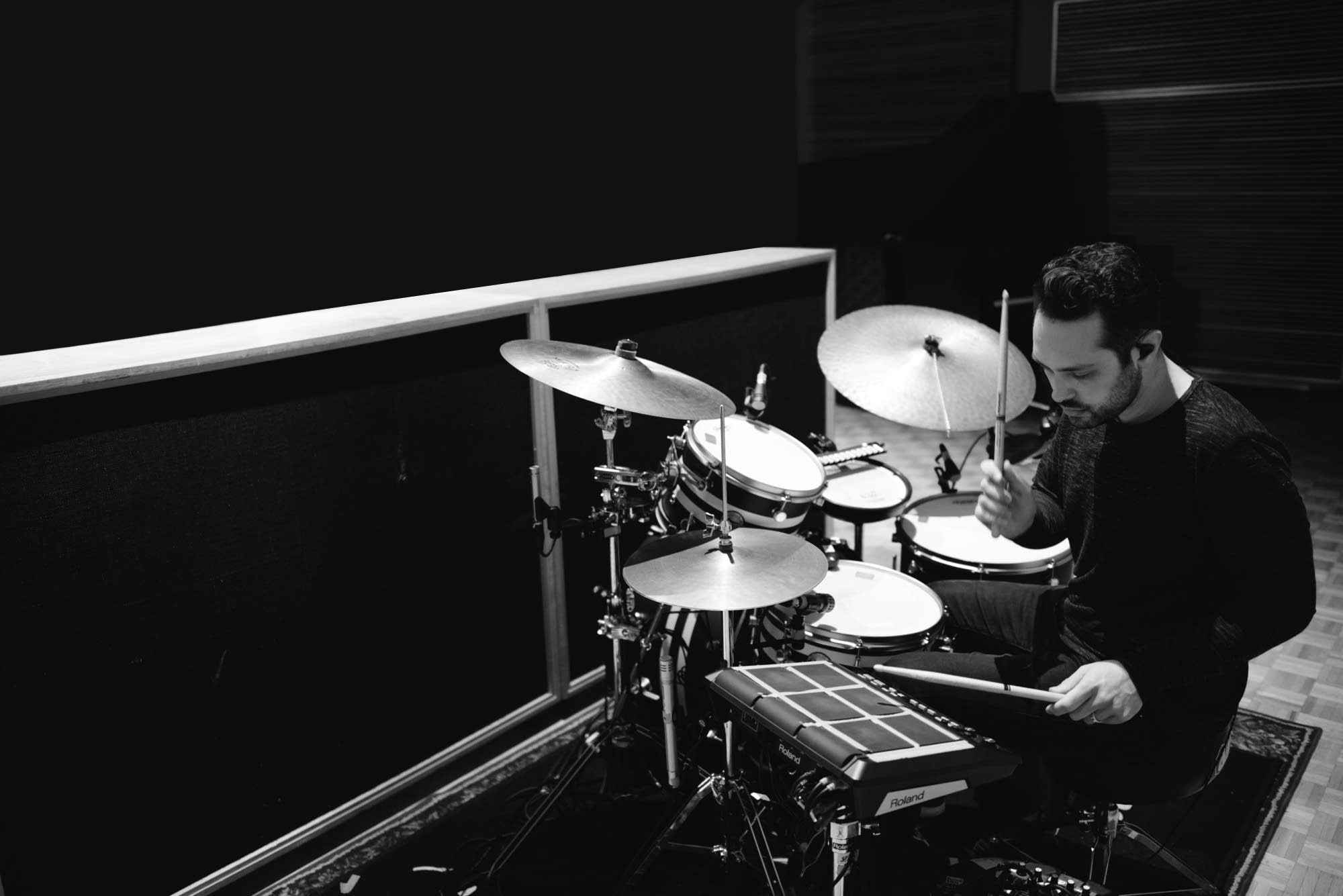
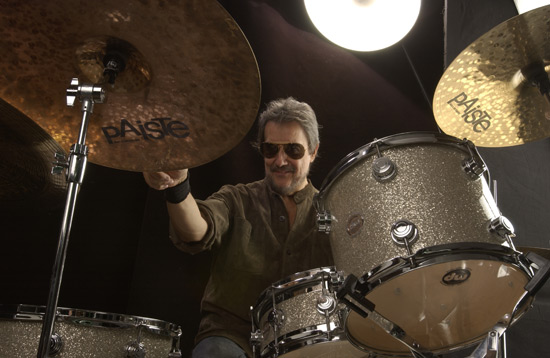
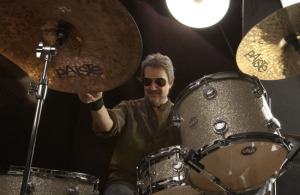
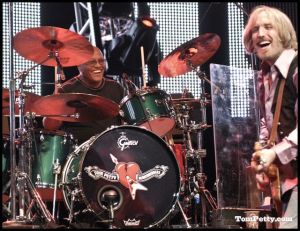
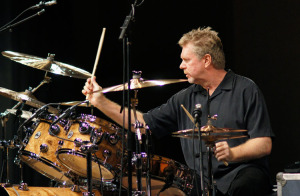
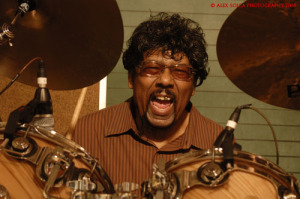
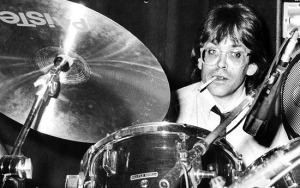
One Reply to “All About Groove – 6 Drummers That Inspired Me To Work On My Beat Placement”
Comments are closed.